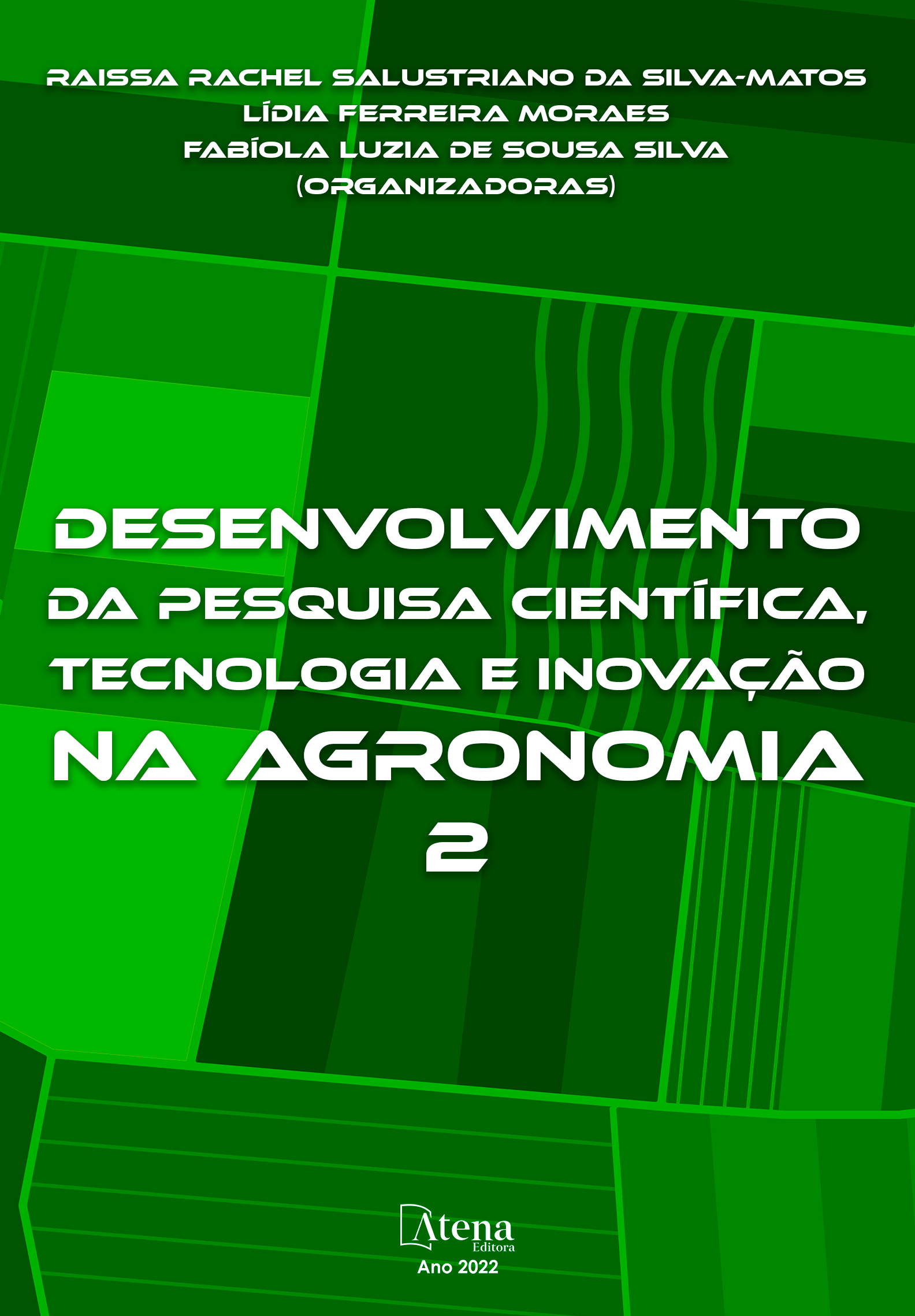
IMPACTO DO MOMENTO DE APLICAÇÃO DE FUNGICIDA SOBRE O CONTROLE DE DOENÇAS FOLIARES EM CULTIVARES DE TRIGO
O trigo (Triticum aestivum L.) é cultivado durante o período de inverno no sul do Brasil e é considerada o principal cultivo nesta época, tendo o Paraná como o principal produtor. Contudo, nestas áreas doenças foliares podem impactar negativamente a produção da cultura, assim o uso de fungicidas é uma importante ferramenta utilizada por produtores no seu controle, todavia para que tenham efetividade, aplicações de fungicidas devem ser realizadas em momentos adequados. O objetivo deste trabalho foi avaliar o efeito de diferentes momentos de aplicação de fungicida (epoxiconazol + piraclostrobina) no controle de ferrugem da folha (Puccinia triticina) e mancha amarela
(Pyrenophora tritici-repentis) em duas cultivares de trigo com diferentes níveis de suscetibilidade no sul do Brasil. O experimento foi conduzido sob delineamento de parcela subdividida em área experimental, no município de Ponta Grossa, PR. Os tratamentos foram: testemunha (ausência de pulverização); pulverização no primeiro nó, emborrachamento e grão aquoso; pulverização no elongamento e florescimento; pulverização no emborrachamento e grão aquoso. Ao longo do desenvolvimento da cultura, os tratamentos sem aplicação de fungicidas apresentaram elevados valores de severidade de ambas as doenças. O aumento das áreas abaixo das curvas de progresso
das doenças avaliadas neste estudo afetou consideravelmente os componentes de rendimento das cultivares de trigo. Em geral a aplicação em primeiro nó não se reverteu em vantagem econômica. O melhor momento de aplicação do fungicida estudado foi na fase de emborrachamento e em grão aquoso.
IMPACTO DO MOMENTO DE APLICAÇÃO DE FUNGICIDA SOBRE O CONTROLE DE DOENÇAS FOLIARES EM CULTIVARES DE TRIGO
-
DOI: 10.22533/at.ed.76022230611
-
Palavras-chave: Triticum aestivum L. Puccinia triticina E. Pyrenophora tritici- repentis. Produtividade.
-
Keywords: Triticum aestivum L. Puccinia triticina E. Pyrenophora tritici-repentis. Yield.
-
Abstract:
Wheat (Triticum aestivum L.) is grown throughout winter time in the Southern Brazil and turns out to be the main agricultural crop at such a time with Paraná State as the principal producing region. However, during the crop growing season foliar diseases significantly compromise actual yield at commercial production fields in such a manner as to justify the application of fungicides at the right time to control foliar diseases in wheat. The aim of the current book chapter was to assess the impact of different timings for fungicide application (epoxiconazole + pyraclostrobin) on control of leaf rust (Puccinia triticina E.) and yellow spot (Pyrenophora tritici-repentis) diseases in two wheat genotypes featured by distinct levels of susceptibility at the Southern Brazil. A field trial was conducted in Ponta Grossa, PR, Brazil, in light of split plot statistical design at an experimental area belonging to CESCAGE. The following treatments were imposed in the current study: control (with no sprays); sprays at the first node, booting and heading; sprays at jointing and booting; sprays at booting and heading. Throughout the entire crop growing season, the control treatment was conducive to the highest severity levels for both diseases. In general, fungicide sprays at the first node did not culminate in economical advantage. The best timing for fungicide application was the one ascribed to booting and heading stages.
-
Número de páginas: 16
- ANDRÉ BELMONT PEREIRA
- Gustavo Castilho Beruski


